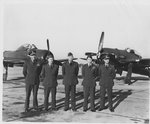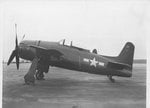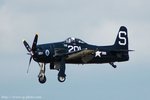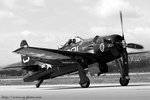Soundbreaker Welch?
Tech Sergeant
Hmm.........but this poll is for the experts like you guys. Not in my territory.
I had heard it set the record for fastest piston powered aircraft at 528 mph. On Wikipedia it says the Corsair was "marginally faster."
Could a Corsair have beat the Bearcat's record?
One thing about the Bearcat. It looks like a bootleg copy of a FW. Which it is. In some ways it takes away from it's speciality.
I had heard it set the record for fastest piston powered aircraft at 528 mph. On Wikipedia it says the Corsair was "marginally faster."
Could a Corsair have beat the Bearcat's record?
One thing about the Bearcat. It looks like a bootleg copy of a FW. Which it is. In some ways it takes away from it's speciality.





